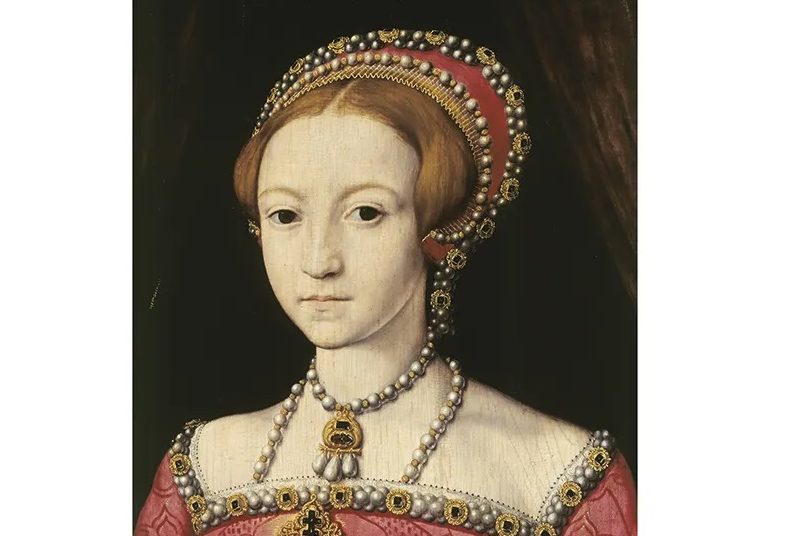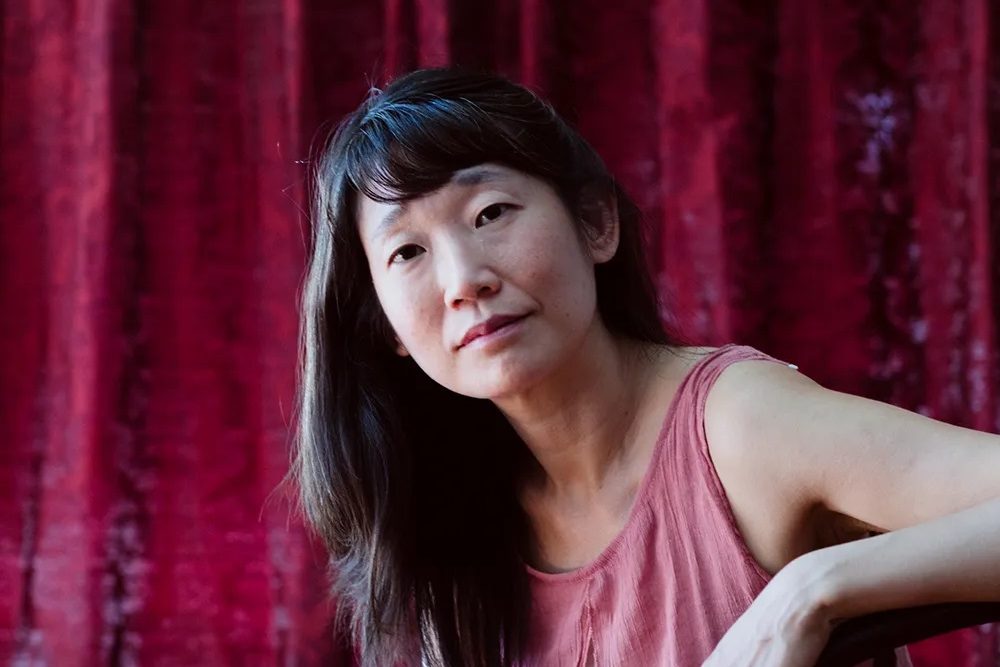In the course of British history there have been few royals with a childhood as traumatic as that of Elizabeth I. She endured the torment of her mother Anne Boleyn’s execution, her father’s death, the comings and goings of four stepmothers, sexual abuse from a stepfather (who was executed soon after), the death of a half-brother, imprisonment and the death of a half-sister before finally acceding to the throne. All this by the age of twenty-five.
Throughout her young life, Elizabeth veered from sole inheritrix of the crown to hated bastard child
Not many could cope with such a relentless identity crisis. Throughout her young life, Elizabeth veered from sole inheritrix to the crown to hated bastard child. One moment she was championed as a shining example of piety, the next scorned as the bad seed of a notorious concubine. “How haps it yesterday Lady Princess and today but Lady Elizabeth?” she would enquire, perplexed at the constant change of status.
She had barely known her parents, but their shadows defined every aspect of her life. Her half-siblings, Mary and Edward, were her closest family, yet in different ways they were a threat to everything she stood for. Her upbringing was a blur of governesses, stepmothers and tutors. By the end of it, Elizabeth trusted no one. What would a modern therapist make of all this? What kind of woman — what kind of queen — would this tumultuous youth produce?
That is the question Nicola Tallis addresses in her latest book. Through a rigorous dissection of primary sources, she investigates the princess’s life up to her coronation in 1559. It is familiar territory for the author, who has published biographies of Lady Jane Grey, Lettice Knollys and Margaret Beaufort. “I have written about extraordinary women before,” she writes, “but Elizabeth goes beyond the extraordinary.” Of course, finding a new take is the challenge. Elizabeth’s is an oft-repeated tale, rewritten and reworked in books and on the screen, but Tallis’s eye for the captivating detail keeps the appraisal fresh.
Young Elizabeth is also an exhausting read, as we lurch wildly from triumph to heartache, betrayal or ruin. Take a single month in 1536, when the princess was two years old. On January 7, Henry VIII’s first wife, the fifty-one-year-old Katherine of Aragon, died. The king was ecstatic. Instead of mourning attire, he dressed “all over in yellow, from top to toe,” and Elizabeth was “triumphantly taken to church to the sound of trumpets and with great display.” But such crass celebrations ended abruptly on January 24 when Henry suffered a jousting accident. He “fell so heavily that everyone thought it a miracle he was not killed.” Five days later, on the day of Katherine’s funeral, Anne Boleyn miscarried. Devastatingly, the unborn baby “seemed to be a male child.”
We learn of a condemned man plotting his final revenge and concealing conspiratorial letters between “the soles of a velvet shoe.” We are dragged through the hysteria of those facing execution, as they reel between “weeping a good pace” and succumbing to “great laughing.” We are haunted by the morbid dreams of Alexander Ales, the Scottish theologian and Lutheran supporter. In London at the time of Anne Boleyn’s downfall, he had visions of “the queen’s neck, after her head had been cut off,” with “the nerves, the veins and the arteries” in clear view. And we learn of the abusive behavior of Elizabeth’s stepfather, Thomas Seymour, who made unorthodox visits to the teenage princess’s chamber. Here he would “strike her upon the back or on the buttocks familiarly,” forcing her to “go further in the bed, so that he could not come at her.”
In the course of four years of research, one area of inquiry gave Tallis a “completely different perspective” on Elizabeth’s life. After consulting a neuroscientist, she considered the long-term health impact of trauma and grief, perhaps passed on from Anne Boleyn. Did this cause Elizabeth’s shallow breathing in adulthood (she was “half breathless”). What of the migraines (“an affliction of my head and eyes”) or the swelling of her body? Was this nephritis, an inflammation of the kidneys, triggered by stress? It is fascinating to speculate and some readers will be disappointed that the subject is relegated to a two-page appendix.
Nevertheless, Tallis undeniably proves that examination of Elizabeth’s troubled youth is fundamental to making sense of her later years. It is no easy task to pin down such an elusive character, but this is a compelling study of a woman who “endured emotions on a scale few of us in the 21st century will ever be able to fully comprehend.” Diamonds are created under pressure, and — as Tallis so compellingly argues — the brutal pressure endured by the young Elizabeth produced something magnificent: a dazzling diamond in the ruff.
This article was originally published in The Spectator’s UK magazine. Subscribe to the World edition here.


























Leave a Reply